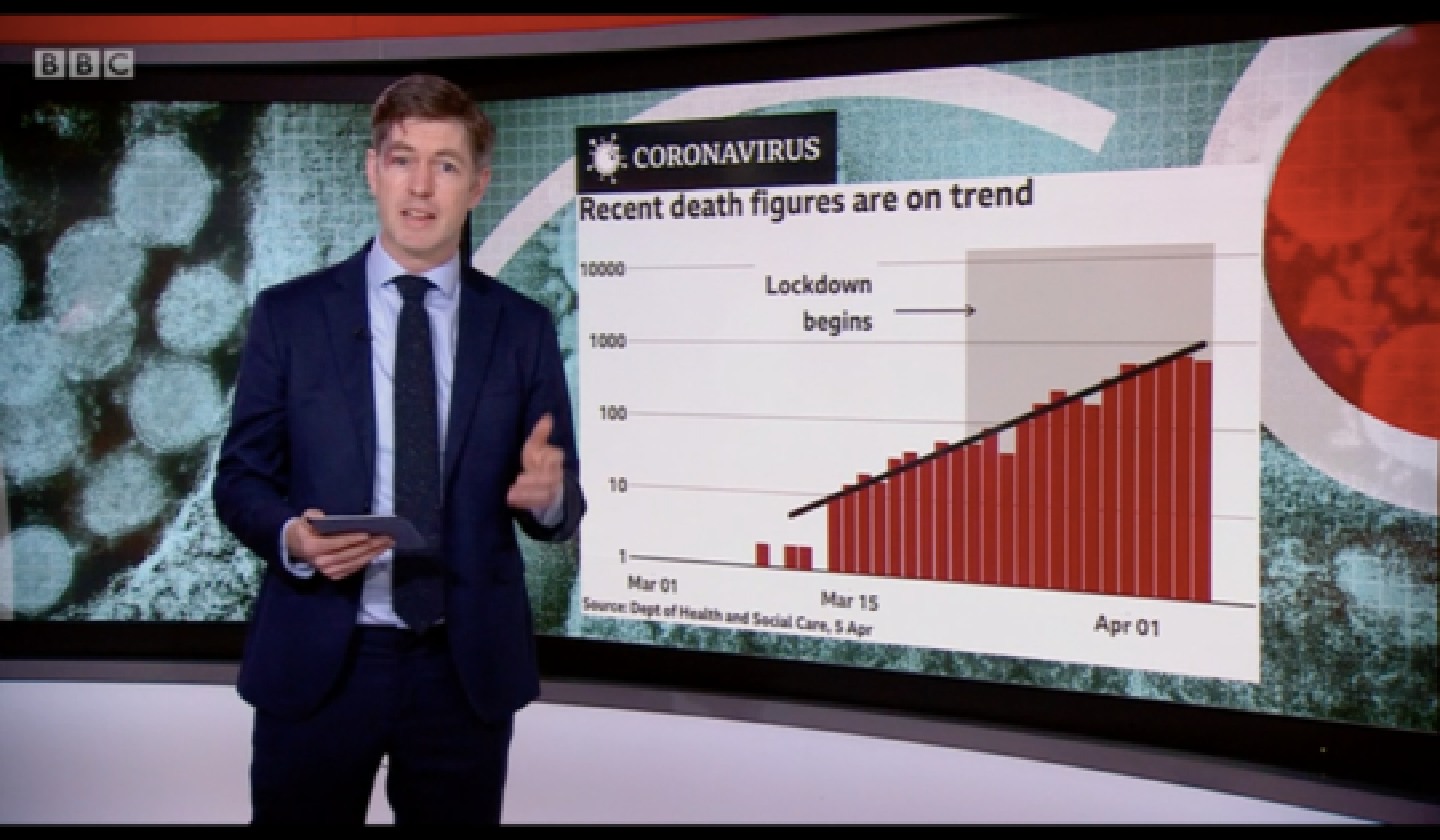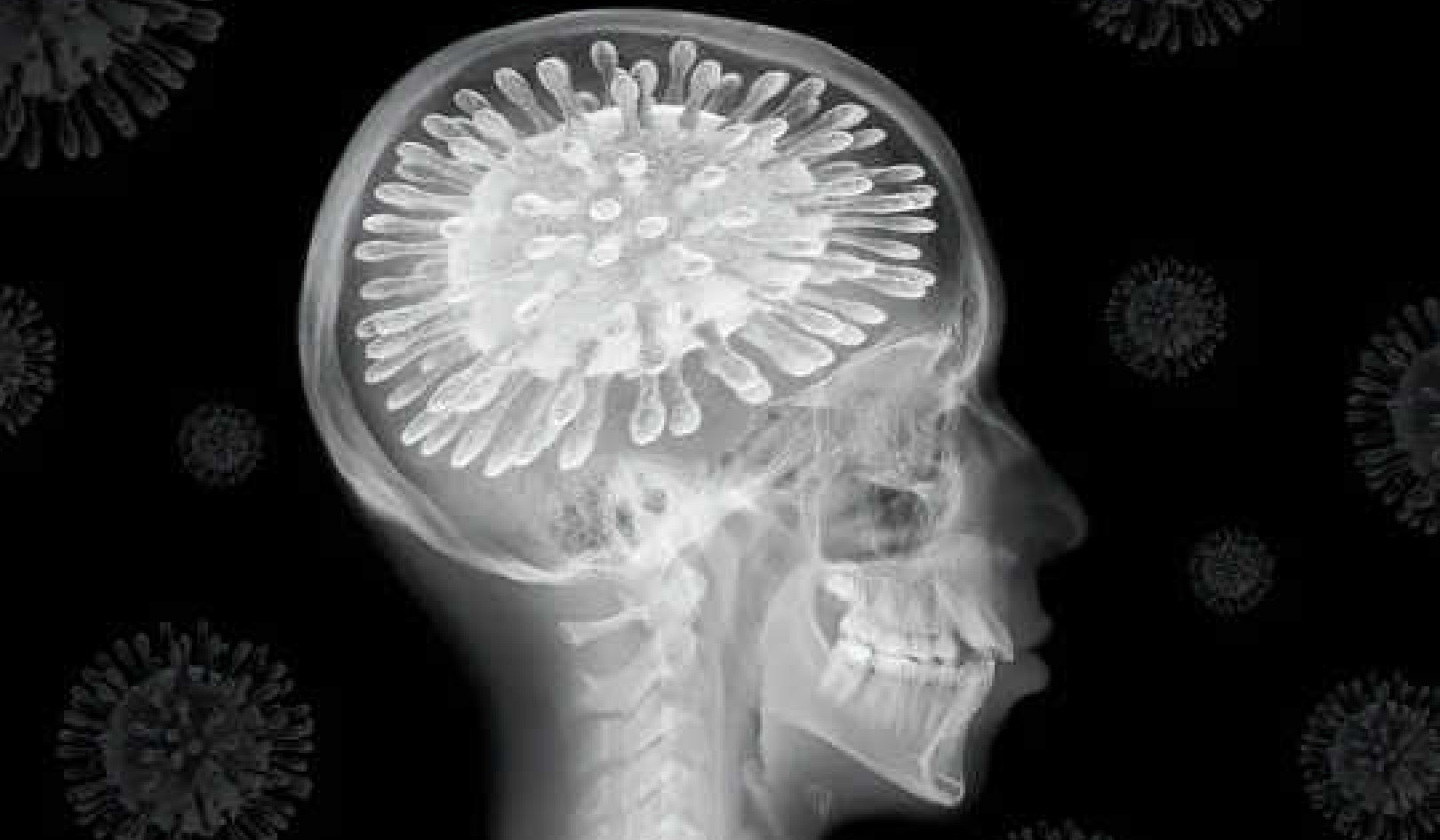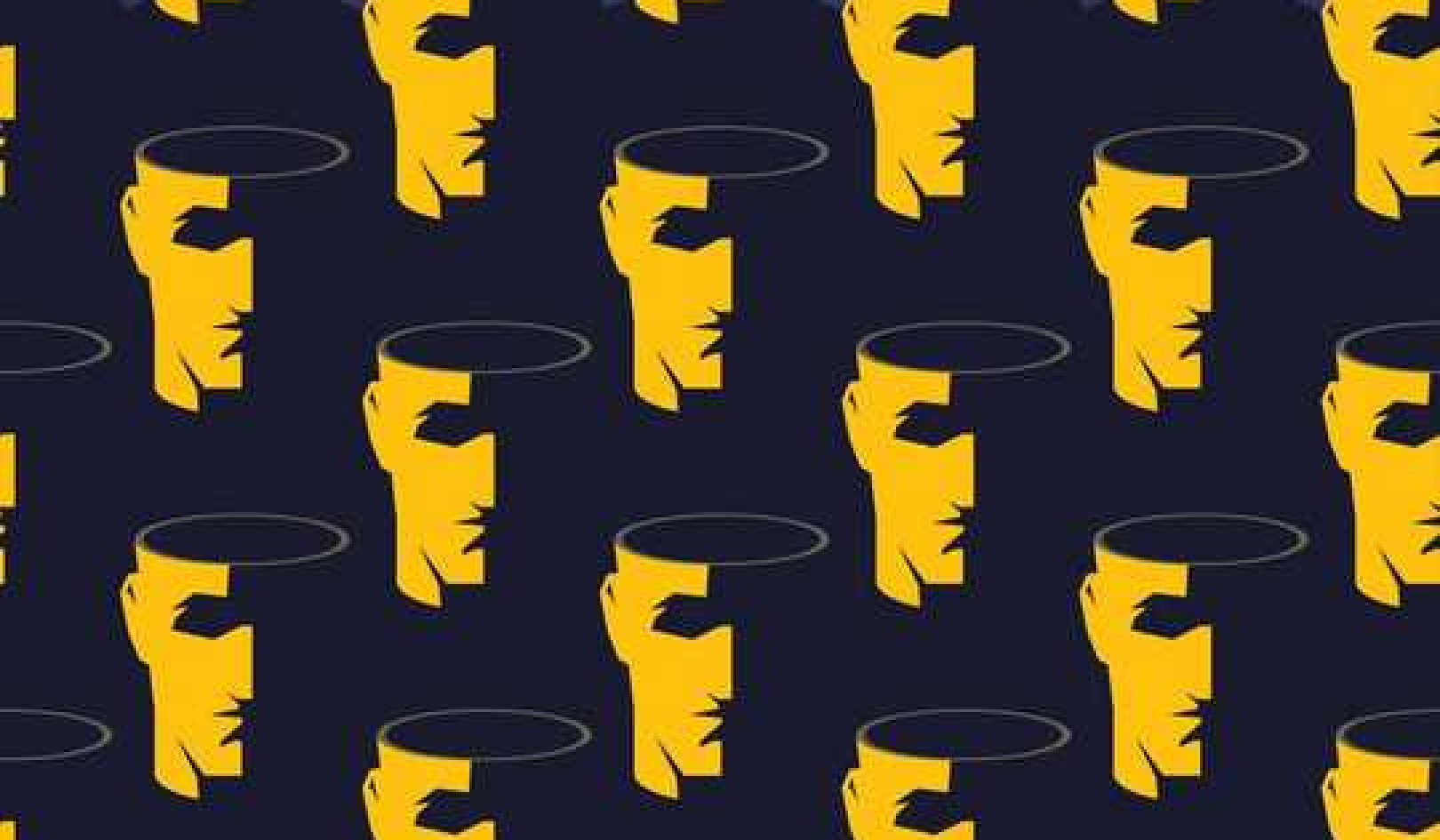
Philosophers and neuroscientists agree that if there is an objective reality, human beings can’t perceive it: philosophers refer to objective reality as a perception independent of any conscious awareness. Neuroscientists demonstrate that we filter our perceptions through bias, previous experiences, memories, and future goals. But what does this all mean? If we don’t perceive a universal reality, what are we observing? And how does this affect our everyday lives?
To get a window into how our brains simulate our perceptions, let us use the example of a blind spot. A blind spot is the place in the back of the eye where the optic nerve attaches to the retina. This spot lacks photoreceptor cells called rods and cones that detect movement, color, and light from our environment. But you’ll notice that although we have two holes in our retinas absent of photoreceptors, it doesn’t manifest in our vision. This is because of the simulating nature of our brains.
 To find your blind spot, close one eye and look at the contralateral letter. Move your face closer and farther away until the letter on the ipsilateral side disappears.
To find your blind spot, close one eye and look at the contralateral letter. Move your face closer and farther away until the letter on the ipsilateral side disappears.
“Visual perceptions are, mostly, unconscious inferences based on context to determine an estimation of reality.”
Based on the environment surrounding the blind spot, our brains construct a ‘best guess’ of what would be inside the blind spot. In 1991, neuroscientists named V.S. Ramachandran and R.L. Gregory designed an experiment to explore the mechanism of this ‘filling in’ process. They attempted to understand the process our brains go through to make up for the missing visual input from our blind spots. To do this, they created artificial blind spots by purposefully placing a temporary, reversible gray square over an image. The researchers found that after the subjects spent a brief period of time fixating on the image, the square vanished and was filled in by the surrounding visual stimuli. This study demonstrates that the filling-in process involves creating actual neural representations of the surrounding information. But, it turns out, the brain doesn’t just simulate what is inside the blind spot; it is simulating all the time. Visual perceptions are, mostly, unconscious inferences based on context to determine an estimation of reality. Why do our brains simulate? The answer is efficiency.
With our brains weighing only 3 lbs but costing 20% of our body energy, our brains are continually economizing attention and looking for shortcuts and simplifications to perceive our experience. This simplification is called top-down processing. One example of top-down processing in action is called the Stroop Test. Try to say out loud what color the word is, and not what the word says. Blue. Red. Orange. Yellow. You might find that you hesitate before getting it right; your brain instead might be trying to read the text. This is because reading the word is almost automatic and isn’t mediated through a conscious process. The path of least resistance when looking at Blue is to read the word, not say the color, because your brain will engage in an automated process before it does a conscious process. You can also still read misspelled words, or sloppy handwriting. There is so much information coming at us all the time, it would be impossible to take in and consider all of it. So instead, our brain is continually making sense of things. It’s using higher-level cognition to make sense of lower down sensory perceptions. These top-down perceptual processes aren’t perfect or objective. The brain is always working hard to be efficient. In some ways, our understanding of reality is just taking the path of least resistance.
“So, if our brains build a visual reality, what other types of realities are we creating? Do we have ethical blind spots as well?”
Research in neuroplasticity has shown us that our brain changes based on how we use it. Our neural connections are experience-dependent; with some networks strengthening, the more we reinforce those experiences, and the others pruning when our brain decides we no longer need it. These networks determine our biases, goals, memories, and perceptions of the world and ultimately create our mental models. But as visual illusions have shown us, even these models, although based on years of “data,” are susceptible to illusions and misleading information. So instead of seeing things as they are, we see things influenced by our existing beliefs, previous experiences, and expectations.
So, if our brains build a visual reality, what other types of realities are we creating? Do we have ethical blind spots as well?
As a society, it seems that we live in a more polarized climate than ever. There are many contributing factors to why that is, but I’d like to put this idea forward: we think of our opinions as facts and don’t attempt to understand another point of view. But perhaps understanding the neuroscience of perception could make us more empathetic toward those we disagree with and more open-minded about even our own dogmas. We now know that our perception is our brain’s best effort to make sense of our environment and that our brains construct our visual reality based on our previous experiences, goals, and genes, etc. Could we view our opinions as being formed in the same way?
For all we know, our opinions and ideologies could be like visual illusions. Take this image, for example:
 The Duck-Rabbit Ambiguous Figure by an anonymous illustrator (1892). (Image credit: https://www.illusionsindex.org/i/duck-rabbit)
The Duck-Rabbit Ambiguous Figure by an anonymous illustrator (1892). (Image credit: https://www.illusionsindex.org/i/duck-rabbit)
Some of you may see a duck, and others may see a bunny rabbit. But there’s no way of saying which one is correct. Many factors contribute to which animal you see, including previous experiences, which are also how opinions are formed. While in this case, seeing something from another perspective involves just tilting your head slightly, it’s not impossible to imagine how this analogy relates to seeing another’s point of view. Seeing things from another perspective is having empathy, and understanding these visual illusions and the neuroscience of perception could make us more empathetic.
Understanding how experience influences our own biases is the key to having a healthy discourse around things with which we disagree. The novelist Anaïs Nin once said, “We don’t see things as they are, we see them as we are.” The neuroscience of perception gives some scientific authority to this philosophical musing and is more pertinent today than ever. If visual illusions teach us how easy it is to perceive things that aren’t there, they can also teach us how we can take on other points of view, intentionally.
What actions are you taking to practice more compassion and empathy for others during challenging times? Let us know in the comments below! Or let us know what some of your favorite visual illusions are, either in the comments or by tweeting us @KnowingNeurons.
About The Author
McKenna Becker graduated from Colorado College with a degree in neuroscience before completing a Post-Baccalaureate in Psychology. She currently works as a Staff Research Associate in the Neuroinflammation, Synaptic Plasticity, and Cognitive Function Lab at UC San Francisco. McKenna is also a freelance science writer and enjoys writing about healthy cognition, consciousness, and perception. She hopes to pursue a Ph.D. in Neuroscience.
References:
- Hoffman, D. The Case Against Reality: Why Evolution Hid the Truth From Our Eyes. New York, WW Norton. Aug 13, 2019.
- Durgin, Tripathy, Levi (1995) On the filling in of the visual blind spot: some rules of thumb. Perception, 24 (7), 827-840. https://doi.org/10.1068/p240827
- Ramachandran V. S. & Gregory R. L (1991) Perceptual filling in of artificially induced scotomas in human vision. Nature, 350(6320), 699-702.
- Gilbert, D. G. & Sigman M. (2007) Brain States: Top-Down Influences in Sensory Processing. NeuronThe functional unit of the nervous system, a nerve cell that..., 5(54), 677-696.
- Bailey, C. H. & Kandel, E.R. (1993) Structural Changes Accompanying Memory Storage. Ann Rev Physiol, 55, 397-426.
- Carbon, C. (2014) Understanding human perception by human-made illusions. Front Hum Neurosci, 8(566) doi: 10.3389/fnhum.2014.00566
This article originally appeared on Knowing Neurons

Books Improving Attitude and Behavior from Amazon's Best Sellers list
"Atomic Habits: An Easy & Proven Way to Build Good Habits & Break Bad Ones"
by James Clear
In this book, James Clear presents a comprehensive guide to building good habits and breaking bad ones. The book includes practical advice and strategies for creating lasting behavior change, based on the latest research in psychology and neuroscience.
Click for more info or to order
"Unf*ck Your Brain: Using Science to Get Over Anxiety, Depression, Anger, Freak-Outs, and Triggers"
by Faith G. Harper, PhD, LPC-S, ACS, ACN
In this book, Dr. Faith Harper offers a guide to understanding and managing common emotional and behavioral issues, including anxiety, depression, and anger. The book includes information on the science behind these issues, as well as practical advice and exercises for coping and healing.
Click for more info or to order
"The Power of Habit: Why We Do What We Do in Life and Business"
by Charles Duhigg
In this book, Charles Duhigg explores the science of habit formation and how habits impact our lives, both personally and professionally. The book includes stories of individuals and organizations who have successfully changed their habits, as well as practical advice for creating lasting behavior change.
Click for more info or to order
"Tiny Habits: The Small Changes That Change Everything"
by BJ Fogg
In this book, BJ Fogg presents a guide to creating lasting behavior change through small, incremental habits. The book includes practical advice and strategies for identifying and implementing tiny habits that can lead to big changes over time.
Click for more info or to order
"The 5 AM Club: Own Your Morning, Elevate Your Life"
by Robin Sharma
In this book, Robin Sharma presents a guide to maximizing your productivity and potential by starting your day early. The book includes practical advice and strategies for creating a morning routine that supports your goals and values, as well as inspiring stories of individuals who have transformed their lives through early rising.
s























